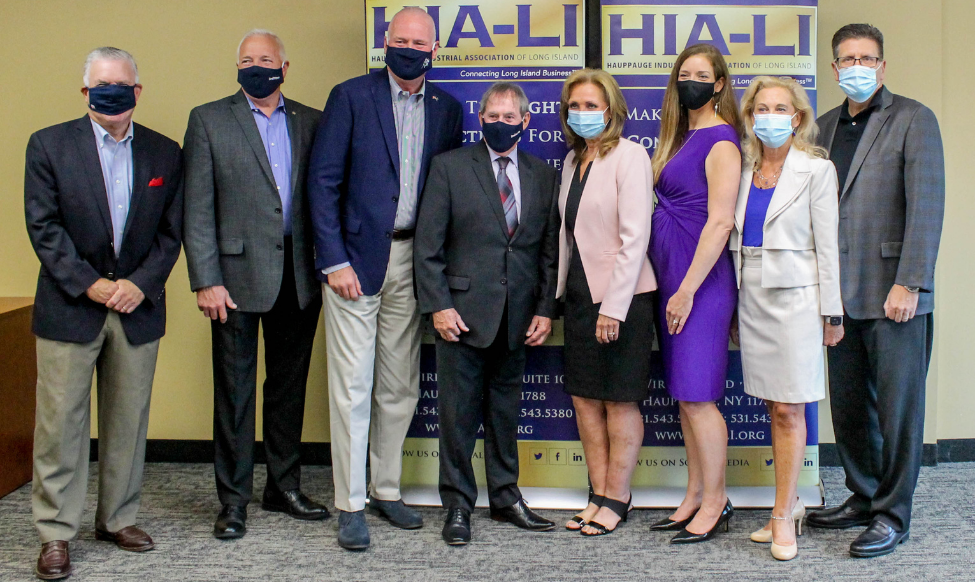As any first-year law student knows, a court cannot hear a case if it lacks jurisdiction. CMM’s litigation team recently secured the dismissal of a lawsuit against our client, the Stony Brook Fire District, based on this simple yet critical lesson.
After a dispute stemming from unsatisfactory HVAC work performed by the plaintiff for the Fire District, the plaintiff commenced an action alleging breach of contract. Due to a misunderstanding regarding insurance coverage, the Fire District (represented at the time by a different firm) inadvertently did not respond in time, and the plaintiff successfully moved the court to enter a default judgment against the Fire District. (The Court also denied the Fire District’s motion for leave to serve a late Answer.) The Court subsequently denied the Fire District’s motion for leave to reargue, leaving the Fire District with a default judgment against it.
That’s when CMM came in, determined to turn the tables. After researching Town Law, Patrick McCormick and Richard DeMaio moved to vacate the prior order granting the default judgment on the grounds that the Court lacked jurisdiction over the matter. Specifically, the plaintiff’s failure to properly file a Notice of Claim with the Fire District deprived the Court of subject matter jurisdiction over the case. (Town Law Section 180 provides that no contract actions against a fire district may stand unless a written verified claim is filed with the Fire District secretary within six months after cause of action has accrued.)
The Court agreed, finding that CMM’s submissions established that the Court lacked subject matter jurisdiction to have entered the prior order. As a result, CMM’s motion was granted and the case was dismissed.
Whether your case hinges on creative legal strategy or a deep understanding of the procedural rules governing litigation, CMM stands ready to help. Contact our Commercial Litigation or Municipal Litigation teams today at (631) 738-9100.









